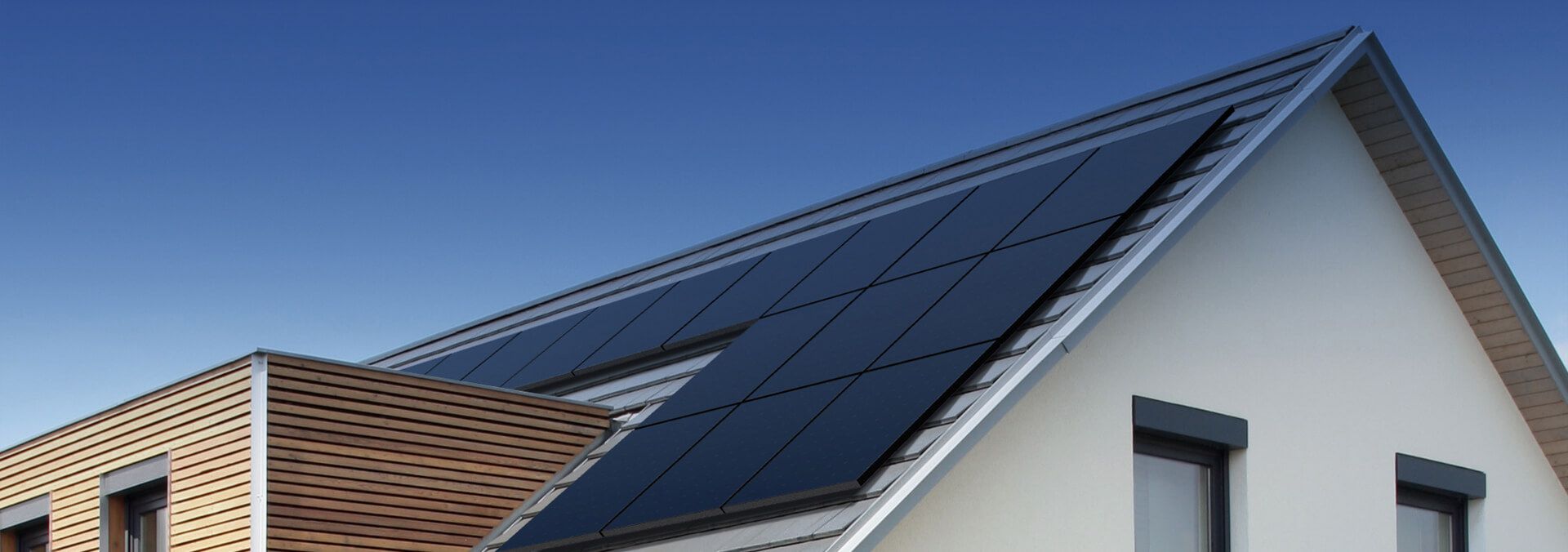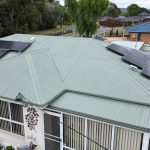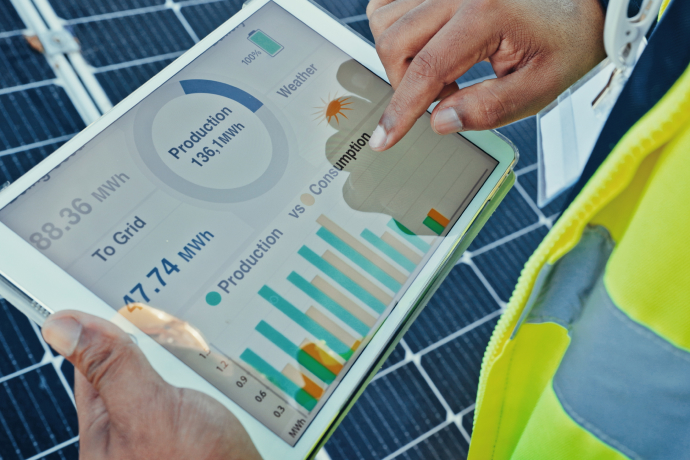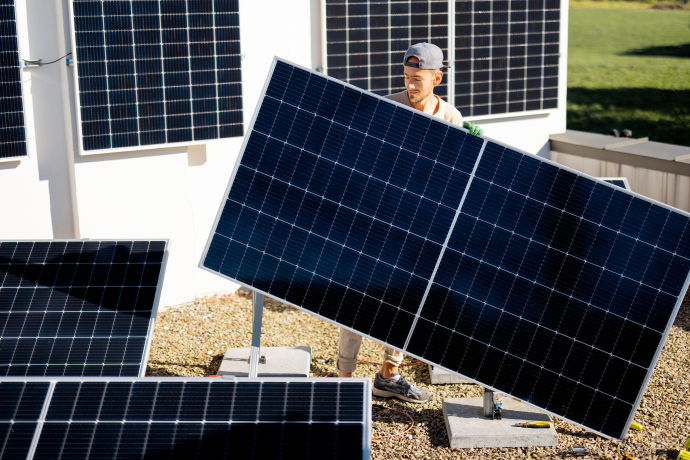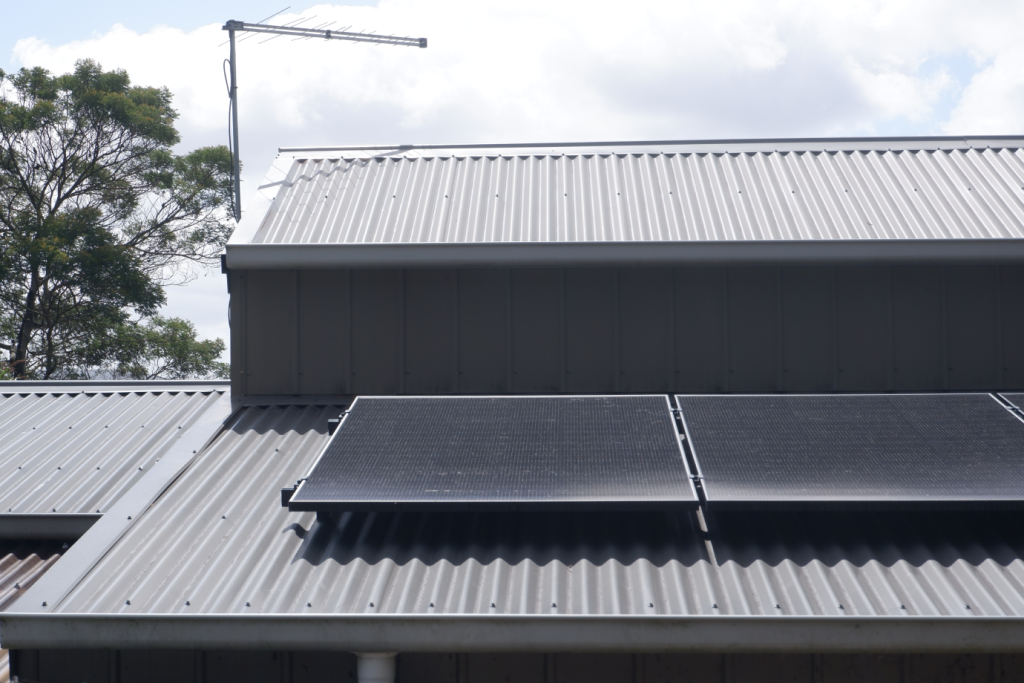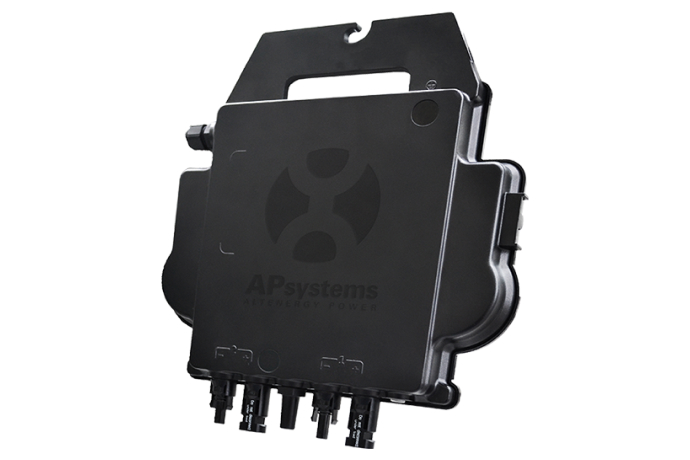You genuinely have to be crazy to look forward to receiving your electricity bill. Even the uber wealthy don’t like handing money away to utility companies. However, if you have just installed a shiny new solar system, there’s an understandable level of excitement and anticipation. Weird, yes, to be excited about a bill. But of course we’re keen to see how much our new system has saved us in electricity costs.
For many, expectations are really high, and in some cases unrealistic, relative to the system installed. For others, a little more homework and understanding has afforded more realistic expectations. Of course, there’s the doubtful and pessimists among us who, more often than not, are in for a pleasant surprise.
While the majority of solar beginners will see a positive impact on their very first solar electricity bill, others can be disappointed. There’s also a smaller number that are nigh on horrified when they see little if any reduction in costs.
There are many things that will impact the bottom line of a solar electricity bill. No doubt, if your installation was done by a reputable dealer, you were likely made aware of these variables from the outset.
More often than not, getting the most from your solar system is simply a matter of getting your household routines in sync with your system. This can take a little time and a few billing periods. Sometimes new solar converts have the bad luck of receiving their first bill following an unusually high period of heavy cloud and unconducive solar weather.
For others, there are sometimes discrepancies related to errors related to their electricity retailer. It may be the case that poor initial planning delivered an underpowered system. It could very well be a combination of factors.
By and large, however, those who have installed a quality system appropriate for their needs will immediately see a positive impact on the electricity bottom line. When you do it right, the savings will start immediately.
Let’s have a closer look at what to expect on your first solar bill. We’ll go over some reasons as to why your expectations were met, exceeded, or sadly let down. Firstly, let’s have a quick look at how solar billing works. Will you even receive an electricity bill?
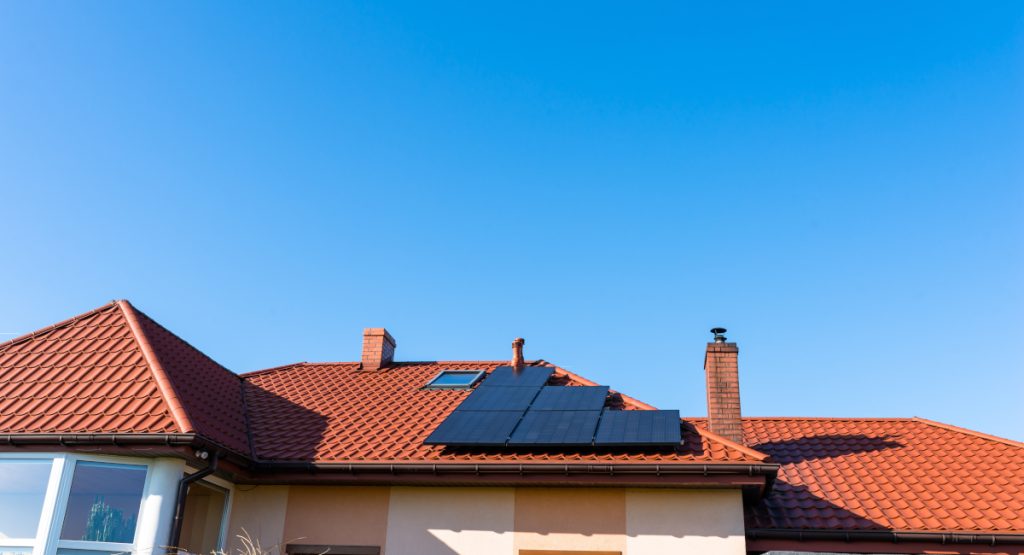
Will I Still Have An Electricity Bill Now That I Have Solar Power?
The simple answer is yes. You will still receive an electricity bill or statement each quarter. The only homes that will never receive an electricity bill are those who are no longer connected to the grid. Solar homes that are completely independent from the grid are exceptionally rare. Such situations are usually reserved for homes located in very isolated areas, where grid connection is not possible or viable.
There is a growing number of people who have grid access, yet choose to be independent from the grid, but they are very small in number.
For the vast majority of us, the grid remains very important. When the sun goes down our solar panels become dormant. This is when we need to draw electricity from the grid to power our lives. That said, we must pay our electricity retailer for this usage. Hence the bill.
For those with solar batteries, it is possible to avoid drawing any power from the grid. Solar savvy homes with batteries can maximise their solar potential to run 100% of their electricity needs, totally free from the sun.
It should be noted that these customers will still receive a bill or statement. However, their bills will show a zero balance, or they may even have a positive balance via feed-in tariffs.
It’s generally best to think of your solar system as a massive electricity subsidy. For many solar citizens, solar provides a huge reduction in the amount of electricity they take from the grid, and hence they enjoy very small electricity bills over the life of their solar system.
How Does Billing Work?
Assuming you’ve remained grid connected, billing works the same way as you have been used to pre solar. The retailer will read your meter, then send you a bill, usually quarterly. However, there will be an addition to your bill under the “credits” section.
Usually titled “standard feed-in tariffs” there will be an electricity amount in kWh, a cash rate per unit, and a total credit in dollars. This credit is for the electricity your solar system fed into the grid which, in effect, your retailer is paying you for.
The feed-in tariffs section on your bill shows you how much of your solar electricity you didn’t use, and therefore returned to the grid. You receive a credit amount for this which is deducted from the amount of grid electricity you used and were therefore charged.
Your bill, as usual, will show you how much grid electricity you used with the corresponding fee. What your bill will not show you is how much of your solar power was generated by your system and used by the household.
The key here is that if your bill shows you returning lots of your power to the grid, that’s free power of which you are not taking advantage.
It is always more financially beneficial to use your solar generated electricity rather than return it to the grid.
Your Electricity Bill Before And After Solar
Essentially, your electricity bills with a solar system should be significantly lower than prior to the installation. If you are seeing no significant drops in your electricity bills, then there’s a problem. We’ll address a few of the common issues later, but there are a litany of reasons why you might not be getting the results you had expected. Covering every potential issue, however, would require an article on its own.
Before the installation, your solar retailer should have given you an indication of your potential and likely savings. These figures would have been reached through consultation with you and other household members.
Your solar retailer would have analysed your previous electricity bills, (or helped you analyse them), provided a reasonable usage projection going forward, and given you likely savings relative to the capacity of the system.
If your savings are better than projected, happy days. If your savings are well beneath your expectations there’s likely an issue, and analysis is required. This analysis could be undertaken by you, your solar retailer, independent analysis or with your electricity provider.
Common Reasons Electricity Bills Remain High
Earlier we mentioned getting your household routines in sync with your solar system. The critical thing to remember is that your solar panels are dormant when the sun goes down.
This means that in the absence of a solar battery, electricity you use in the evenings will be coming from the grid, not your solar system.
If you don’t make changes to suit the solar advantages of daylight hours, you can significantly decrease the potential savings.
Other common examples of disappointment come from having unrealistic expectations or installing the wrong system from the outset.
Here’s some examples.
Example 1
You have installed your solar system but your electricity bills and grid usage remain high. On investigation you discover that:
- You do 90% of wash loads and drier loads in the evenings.
- The pool filter cycles on at night.
- The dishwasher is utilised in the evenings directly following dinner.
- Your electric car is charged at night.
If you add to this the air conditioning and evening meals, you will find that you are drawing the lion’s share of electricity in the evenings. That means it’s coming from the grid, not your solar system. In such instances, you’re not really giving your system a chance to work its sunshine magic.
Changing routines and habits so that things like washing, drying and pool filtration is done during daylight hours will turn the tide on your hefty electricity bill.
Example 2
Your household of 5 was expecting more from the new solar system. Savings have been made, but nothing like was anticipated and planned.
On investigation you discover.
- Your huge family size hot water system is still connected to off-peak.
- Nobody sets the auto controls on the air conditioners. They run all night, and the teens have them set to max chill.
The large hot water system is still off peak, this means that a major power load is drawn from the grid in the evenings. No solar input.
There are 5 air conditioners running from lights out till morning. Again, this power is coming from the grid.
The first step to rectification is to disconnect from off-peak hot water. Secondly, program air conditioners to turn off by a certain time after people are asleep.
Cooling, heating, and hot water are responsible for a huge amount of your electricity usage. Often, the majority.
Making these changes will result in significant reductions.
Example 3
You know you are doing all of the right things. You are conservative with electricity, and you’ve planned things out to use the bulk of electricity during daylight hours. However, you’re still not making any savings.
In the first quarter you made no savings, in the second, it was worse. At a loss, you call for independent assessment. What they discover is not uncommon.
- The assessment reveals that the system you purchased was not of the quality or size that would meet your daily electricity requirements.
- Adding insult to injury, you also discover that your system was not appropriate for your location. Nor was it installed to maximise potential.
- A review of the weather shows that the last quarter was unusually wet and cloudy exacerbating the quality and undersize issue.
This situation is unfortunate but it happens. This is a warning to ensure that you engage with a reputable solar dealer. The problems here began before installation. Perhaps you fell for a solar deal that was too good to be true. Perhaps you didn’t do your homework, or looked to cut some corners to save a little on the outlay. With solar, this is always a false economy.
When installing solar it is an imperative that you get the right size and quality for your needs now, going forward and for the needs of your location. And with solar, never go with a deal that sounds too good to be true.
Example 4
There are some solar customers who, for a number of reasons, have unrealistic expectations about their savings. While they often make savings from the start, they are disappointed about the amount. This can happen for a number of reasons.
- The owners failed to understand solar basics and principles.
- Misinterpretation of projections.
- Lack of understanding of the capacity of their system.
- Lack of understanding of performance limitations such as poor weather.
This situation is not uncommon. That’s why it is advisable to have a thorough understanding of your system and its potential. Always ask questions. The more you understand, the more realistic your projections will be.
Budgeting For Utility Bills
For those who run a strict budget, it’s best not to speculate savings on your first solar electricity bill. Budget for your first solar electricity bill as you would have for the same period pre solar.
As you saw in the examples above, there may be teething issues. Being a solar citizen requires that you get into the solar groove. In the scheme of things, they’re not big changes, but they are changes. As we all know, it can be challenging to break old habits.
Be conservative with your first few solar budgets until you get used to living in a solar home. Once you have a little data, a few electricity bills, and have implemented a few changes in household routines, then you can budget according to the savings you’ve made. You’ll also become increasingly solar savvy, enabling you to be pretty accurate with predictions.
We all want to maximise our solar savings as soon as possible. You can and you should. Just take the appropriate time to understand how solar works for you. Preferably before you spend next quarters’ electricity budget on a new set of golf clubs.
A solar system is an investment that will deliver fantastic savings over the 25 to 30 years of its life. Be committed to making savings, sure. But be very cautious of making rash budgeting assumptions on your first sunny solar day.
Paying Off Your Solar Investment. Panel Costs Over Time
It is always advisable to look at your electricity bills in concert with the initial outlay for the system. It is also advised that you factor in any on-going panel and system costs into your electricity budget.
Did you pay for the system outright, or did you use finance? Either way, the overall quarterly electricity bill should include a pro rata portion of the costs incurred.
For example, your pre solar quarterly electricity bill was really high at $800.00. Your new solar electricity bill is only $230.00. That’s a fantastic savings, and everything is going right for this solar citizen.
It’s important, however, to factor in the upfront cost and any interest if the system was purchased on finance. Only then can you deduce your actual savings relative to your old grid-only electricity bill.
Standard size family home systems cost around $6,000. That means you should factor in a portion of that amount on top of the savings you are making with solar.
Most systems will have paid for themselves within 3 to 7 years. From that point on, savings can be counted independently of upfront costs.
An addition should be made, however, for any system maintenance. This is especially the case if you entered into a maintenance contract with your solar supplier.
Even in the absence of a maintenance contract, cleaning plus a scheduled inspection are advisable. They’re a cost, and should be factored into your electricity budget.
Conclusion
Maximizing the potential of your solar system can take a little time. While a bit of a learning curve, most people get across it very quickly. There’s incentive, because it saves more money.
An electricity bill for many will be radically less offensive than in the past. Now you can consider it as part of the essential data for monitoring usage, system efficiency, and more importantly, the electricity efficiency of the household.
Once your solar system is installed, your bill/statement will continue to arrive. There will be one new addition in the form of feed-in tariffs, but if you’ve done everything right, the only difference in your bill will be the stunningly low amount in the pay now section.

